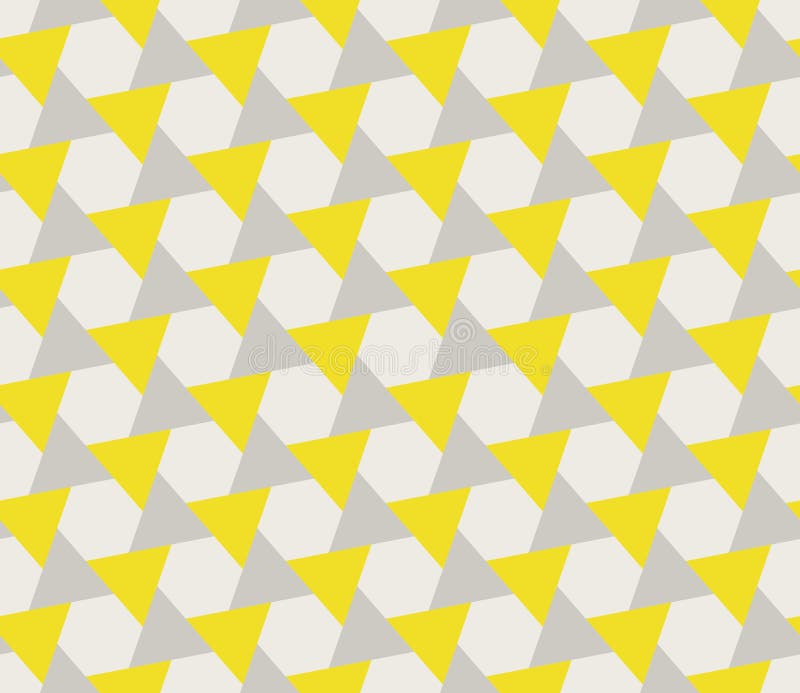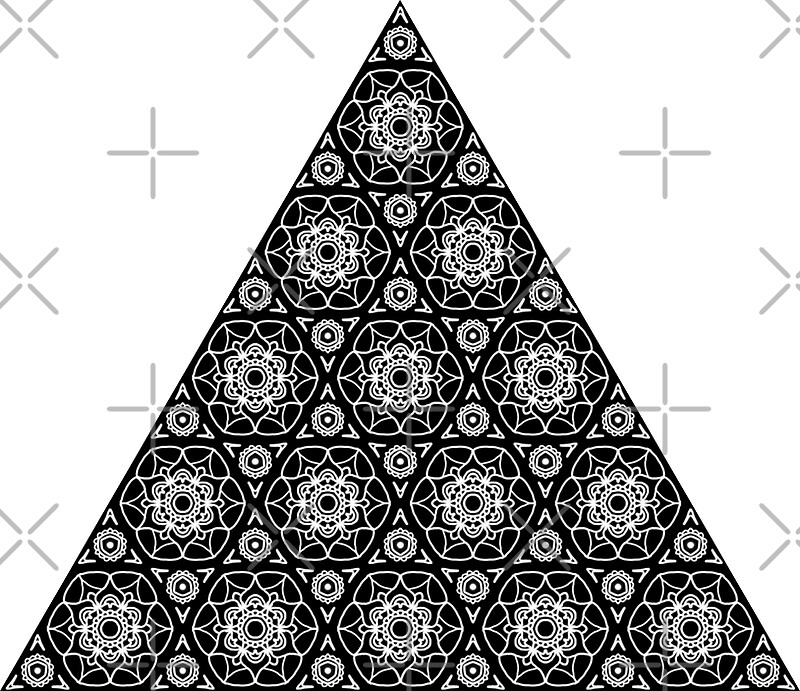

Materials with a Transparent Surface Type are more resource intensive to render than Materials with an Opaque Surface Type. Use the drop-down to define whether your Material supports transparency or not. Surface Options control the overall look of your Material's surface and how Unity renders the Material on screen. Select the Material and, in the Inspector, select the Shader drop-down.This adds a new Material to your Unity Project’s Asset folder. Right-click in your Project's Asset window.To create a new Lit Tessellation Material: For more information about Materials, Shaders, and Textures, see the Unity User Manual. This Shader also includes options for effects like subsurface scattering, iridescence, vertex or pixel displacement, and decal compatibility. This means that you can render more detailed geometry without the need to create a model that contains a lot of vertices. Lastly, check out these cross-curricular art ideas if you’re looking to include art in other subjects.The Lit Tessellation Shader allows you to create Materials that use tessellation to provide adaptive vertex density for meshes. We would also love to see it in the Masterpiece Society Facebook Group. When you finish, your tessellation art is ready to share or display.Īs always, we look forward to seeing your tessellation art! Be sure to use #masterpiecesociety or tag us on social media when you share your fun creations. You can also add any desired accents or designs to your tessellation art at this time. This is an optional step, but it pulls the project together nicely and adds definition to your design. (Prefer to skip the watercolors? Add color to your tessellations with crayons, colored pencils, or markers instead.)Īfter the paint dries, use a Sharpie to outline the original tracings. When you finish tracing, grab your watercolors and paint the tessellation however you wish. Repeat this process, rotating and repositioning as needed, until your paper is covered with your tessellation pattern. After the first tracing, line up the cutout next to the previous tracing and trace a new shape. Using a pencil, carefully trace the cutout onto a sheet of watercolor paper. If it doesn’t, you can always rethink your creation and try again! Move on to the next step to see if your new creation will tessellate. Tape the second cutting to the remaining flat surface. (You can do a different cutout on this step or recreate the first cutout.)Īfter removing both cuttings, tape the first cutting to one of the flat edges of the square.


Set aside the cutout, rotate the square 90 degrees, and repeat the cutting process. Next, cut a unique design into one side of the square. Prefer to try a custom tessellation? You can create a unique pattern by cutting a square from a scrap piece of paper. Then cut it out before moving on to the next step. If you want to use a basic pattern, trace the chosen shape onto your scrap paper. Octagons (These don’t tessellate perfectly, but they do create interesting patterns with the secondary shape that forms.).Here are a few shapes that tessellate nicely for a project like this: Start by choosing a pattern for your tessellation art. Additionally, you can look for Palazzo Inverso, a picture book inspired by Escher’s work, at your local library. Two Birds, Bird Fish, and Horseman are all incredible examples of his tessellation art.

In particular, it’s a great opportunity to dive into the works of M.C. *These links are referral links for recommended items this means I could receive compensation if you take action through one of these links.*Īlso, you may want to explore tessellation art before jumping into the project. Here are the supplies you need on hand for this tessellation project. Ready to get started? Quick and Easy Tessellation Art There are lots of geometrical angles you can cover through a tessellation lesson (pun intended), but today we’re going to focus on tessellation art. A basic tessellation is created through repeating a polygon, but they can also be created using two repeating shapes. Not familiar with tessellations? You can learn more about them here, but a tessellation is a pattern of shapes that fit together with no gaps or overlaps. It’s a great way to explore patterns, tiling, and geometry! Bring art and math together with this fun tessellation art project.


 0 kommentar(er)
0 kommentar(er)
